Microbial trace metal trafficking on marine particles
This study provides evidence for the processing of nine particulate trace metals in multiple manners by diverse microbial communities.
This section presents the GEOTRACES scientific activities.
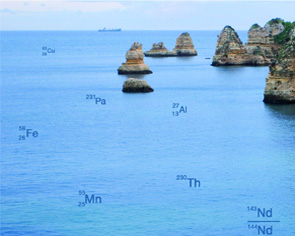
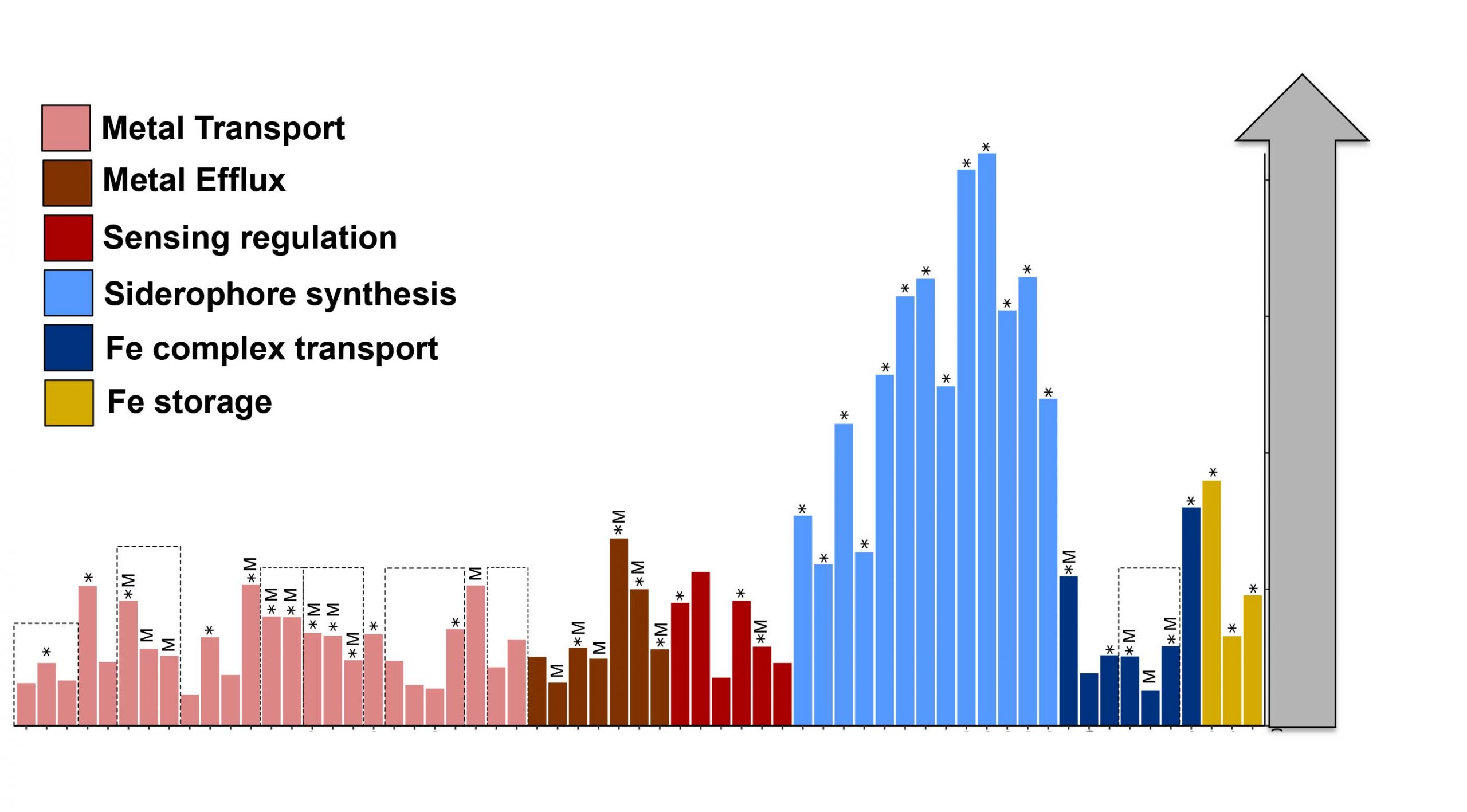
This study provides evidence for the processing of nine particulate trace metals in multiple manners by diverse microbial communities.
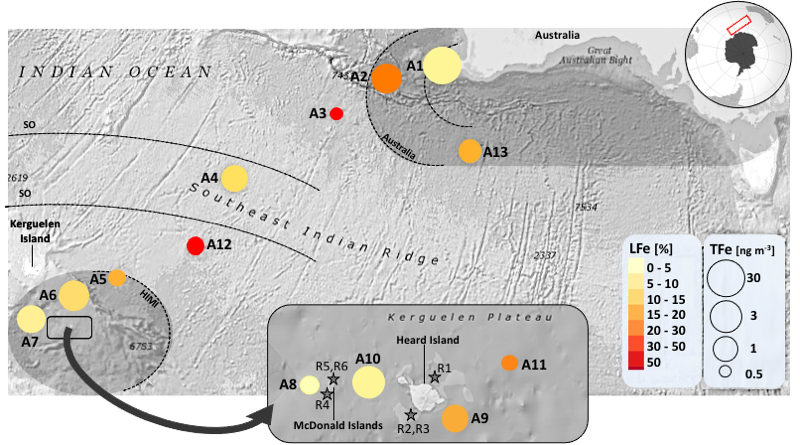
This study suggests that volcanic emission can represent a significant source of bioavailable iron to open ocean anaemic ecosystems.

Brzezinski and his colleagues report on a comprehensive study of the Arctic Ocean silicic acid concentrations and silicon isotopic composition…

Cloete and collaborators analysed particulate and dissolved cadmium at 7 stations in austral winter along a North South section off South Africa.

The approach established and verified in this study, opens a new way for determining dissolved iron bioavailability in samples across the ocean.
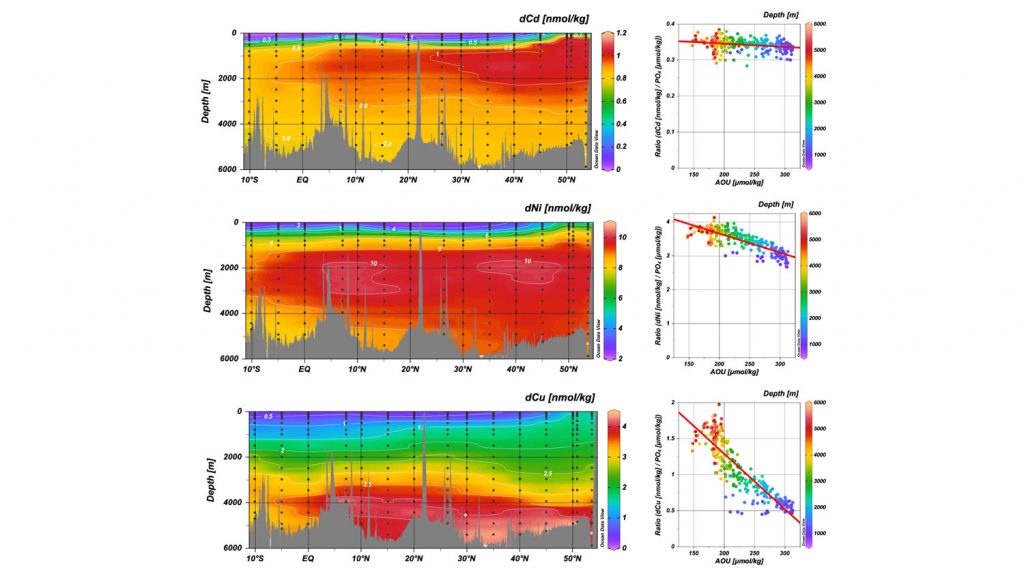
Zheng and co-authors observed sectional distributions of cadmium, nickel, zinc, and copper in the North Pacific Ocean during three GEOTRACES related cruises…
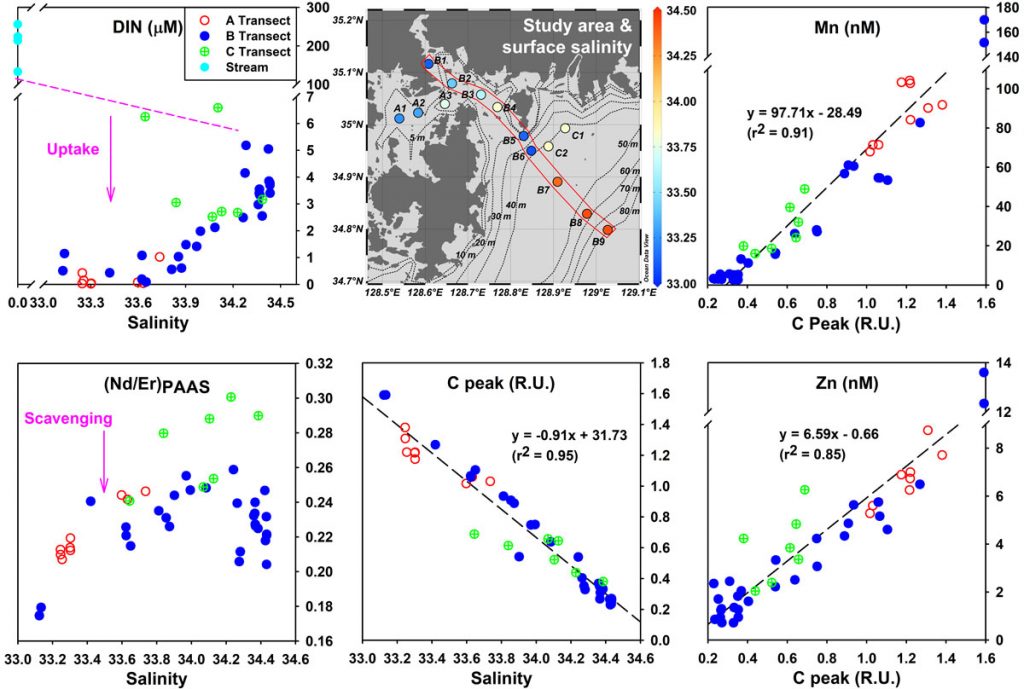
Chen and co-workers analyzed an array of trace metals together with Rare Earth Elements in a salinity gradient in the Jinhae Bay, the largest semi-enclosed bay in South Korea…

Levier and co-authors have developed a new protocol measurement of the dissolved actinium in seawater.
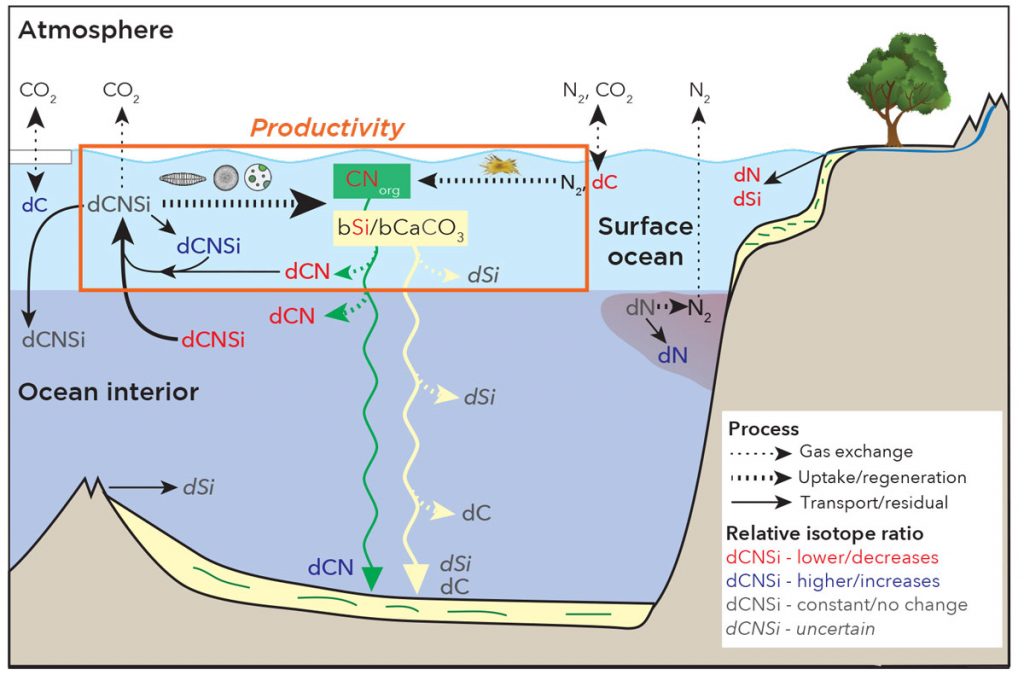
Farmer and colleagues review the geochemical proxies based upon sedimentary isotope ratios of three abundant biologically mediated elements.